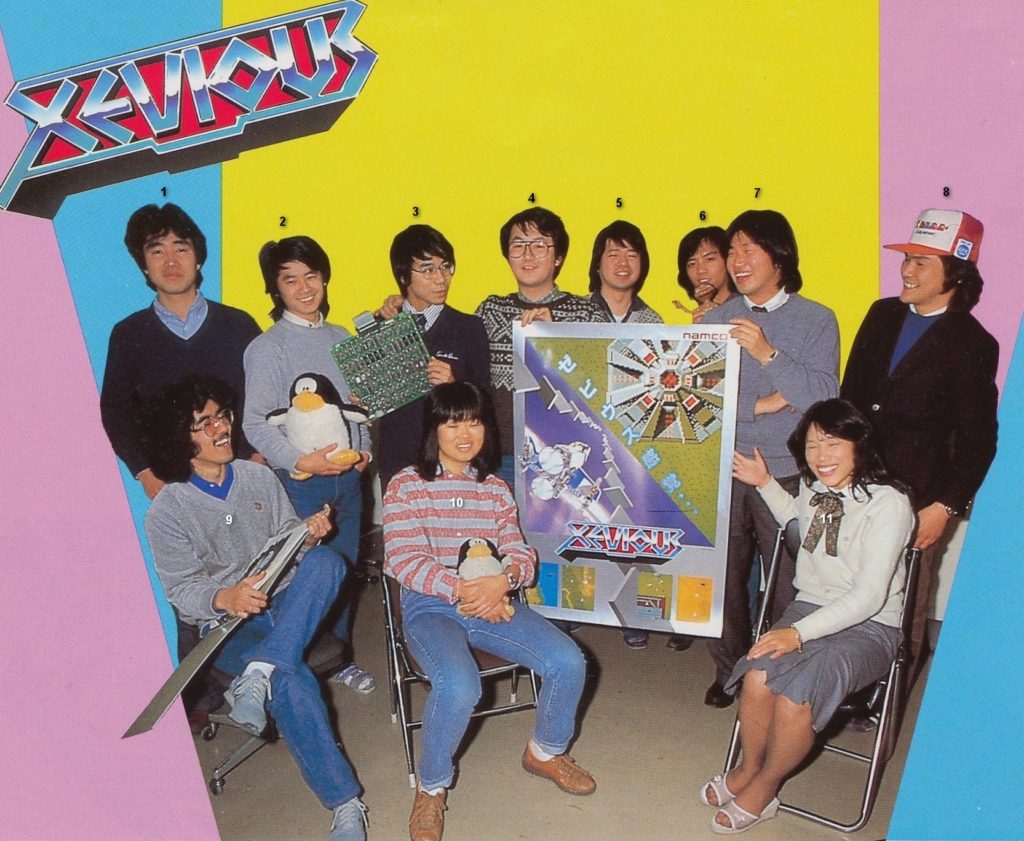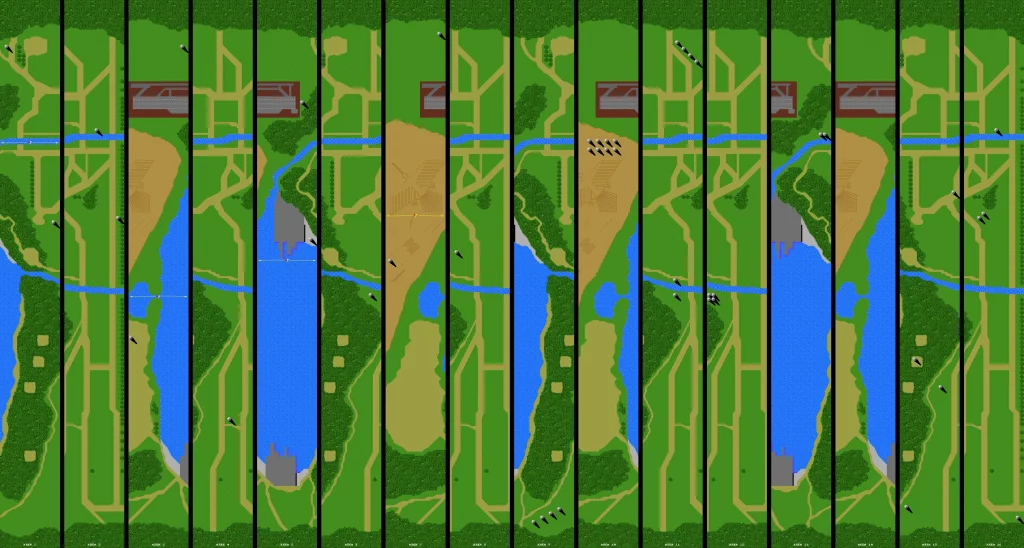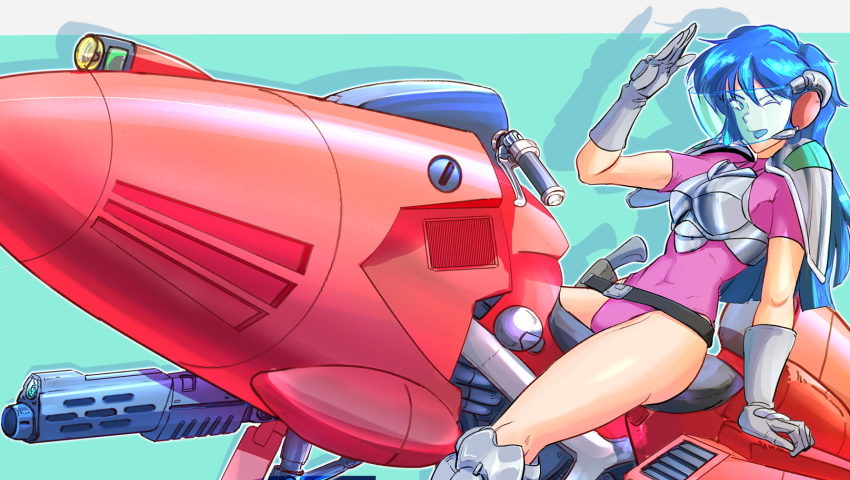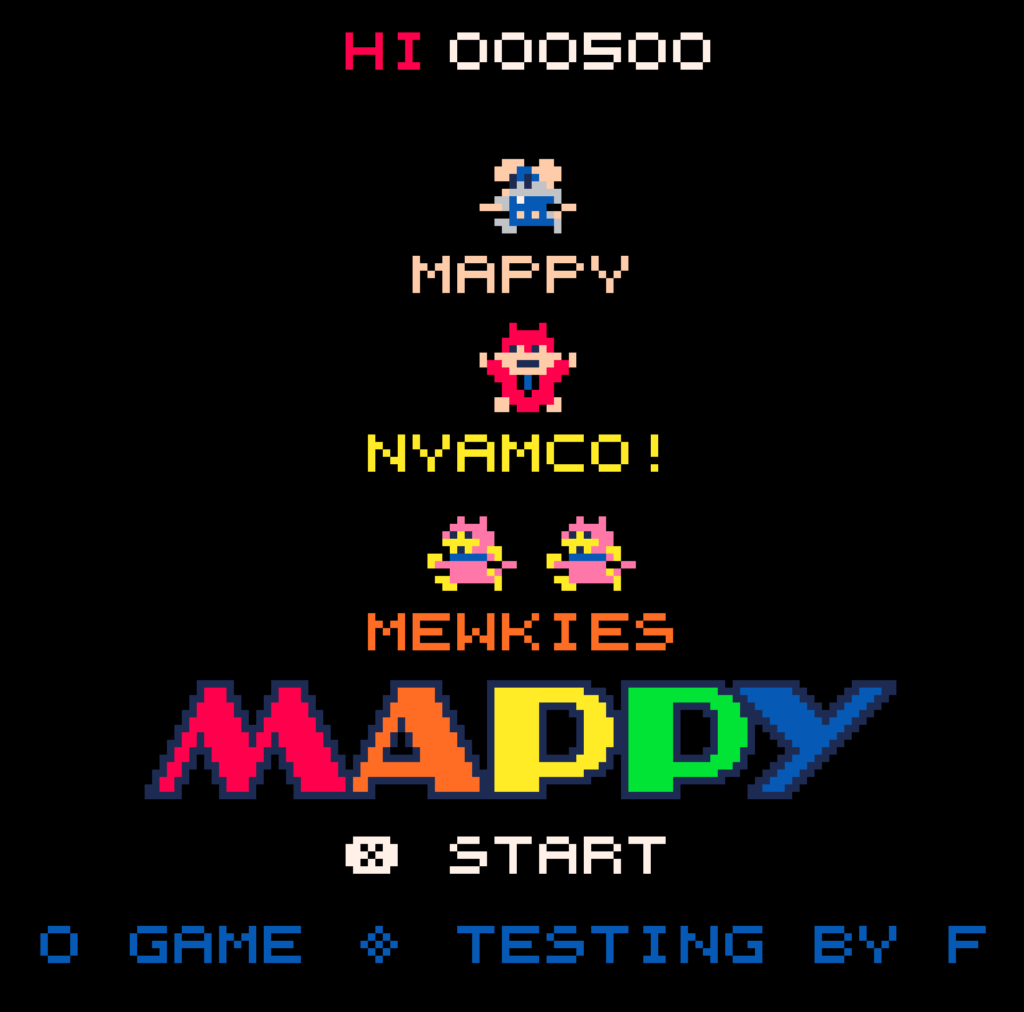
What pushes a game past the notability barrier, that makes it interesting enough for me to post it here? Classic arcade game remakes are always a good sign. Items for the Pico8 fantasy console are also a strong positive factor. These two elements combined well make it a must-post.
Especially when the game is Mappy. A great game from Pac-Man-era Namco, simple rules but, while surprisingly difficult, a little strategy can get you a long way in. Still, true mastery needs a lot more than that.
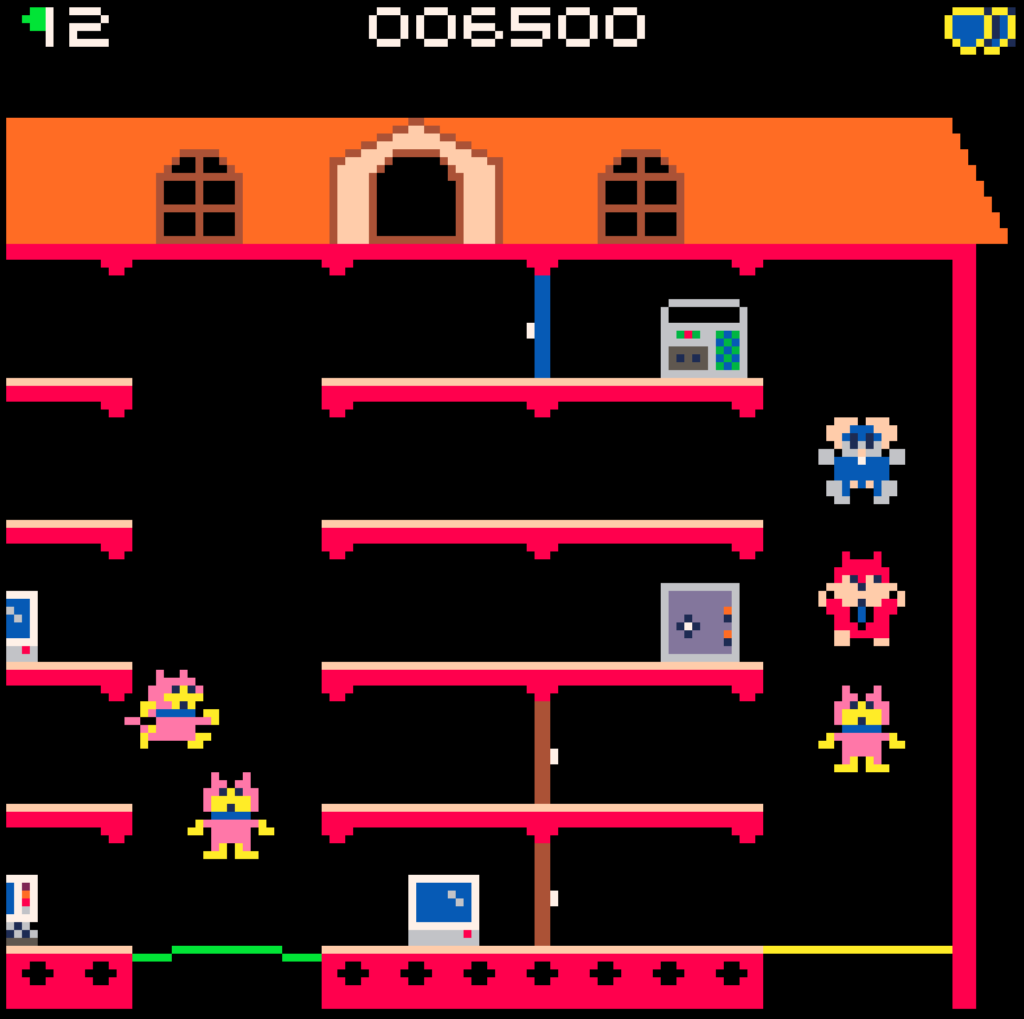
This Pico8 version is a good remake, although quite a bit harder. Guide Mappy of the Micro Police through each mansion, stealing back the ill-gotten gains of kitty-cat gang. Unlike many policepeople, Mappy is an entirely non-violent actor, and actually never arrests anyone; he just takes back their loot. And for their part, while the Mewkies and Goro (“Boss the Big Bit”) do knock Mappy out of they catch him, later media seems to indicate that neither side bears any real antipathy for the other. They’re just doing their jobs.
The thing that makes Mappy unique is its trampolines. While on a trampoline you cannot be hurt by the cats, but three bounces on the same one without stopping causes it to break. When you get off the trampoline it’s easy to get caught unless you use the doors as a defensive tool. Pressing the button (X in this Pico8 version) opens the closest door in front of you-you don’t even have to be near it. It swings out in the direction of its doorknob, and knocks out any cat near it on that side for a few seconds, allowing you to pass by. The light-colored doors also house the powerful Microwave, not here a cooking tool but a multicolored beam that launches out and sweeps cats it hits out of the level for a few needed seconds.
This remake of Mappy restores the Japanese name for Goro, “Nyamco,” a pun on the arcade company’s name with a cat angle: “Nyan” is Japanese onomatopoeia for “meow.” You’ll find that while supposed-boss Nyamco is as aimless as he ever was, wandering each level mostly randomly and hiding behind loot, the Mewkies are tenacious chasers, and here will quickly corner you if you don’t have a good plan. Even with its higher difficulty it’s a lovely port, and it’s free to play too!
Mappy for Pico8 (itch.io,x` $0)




